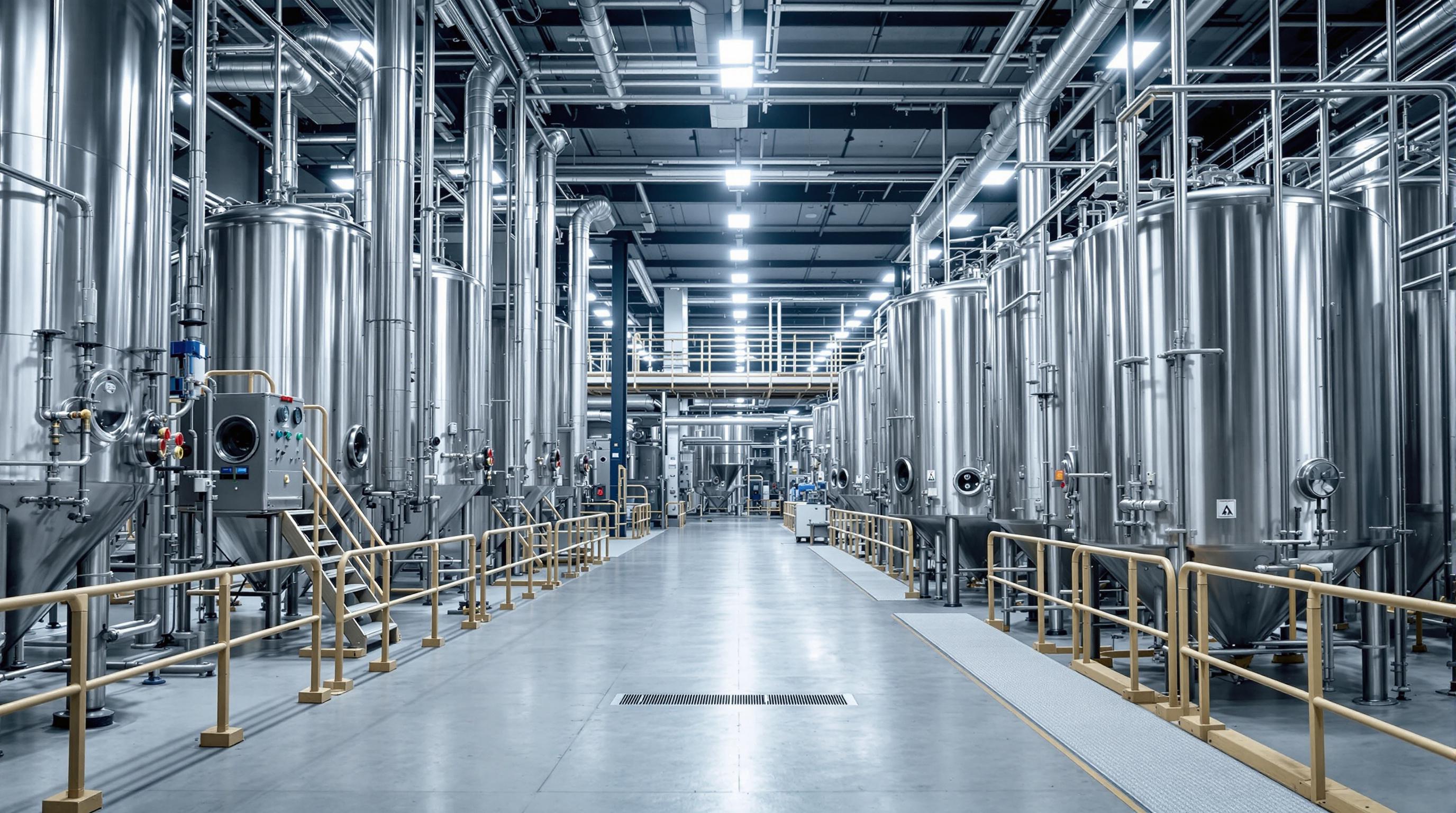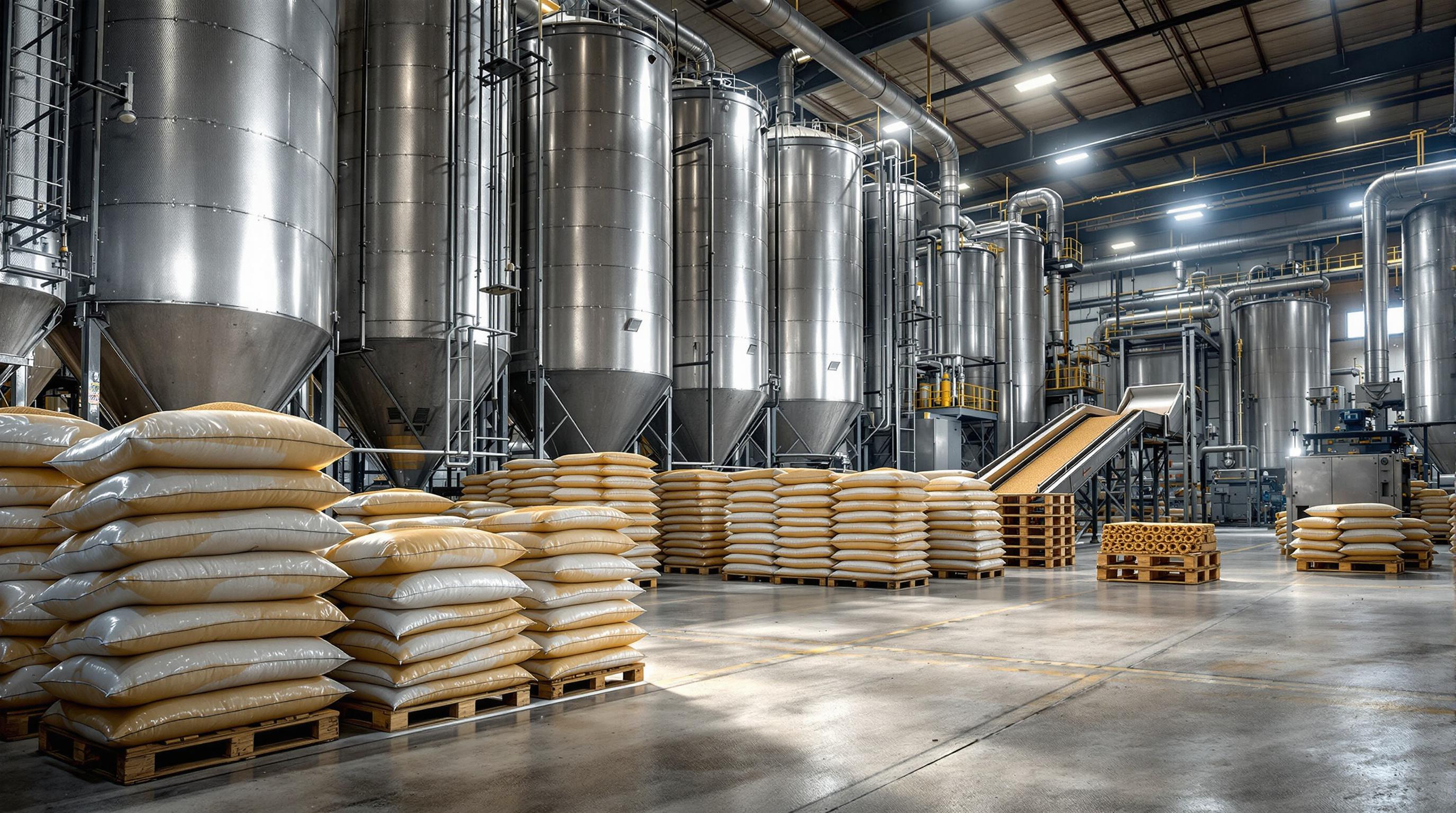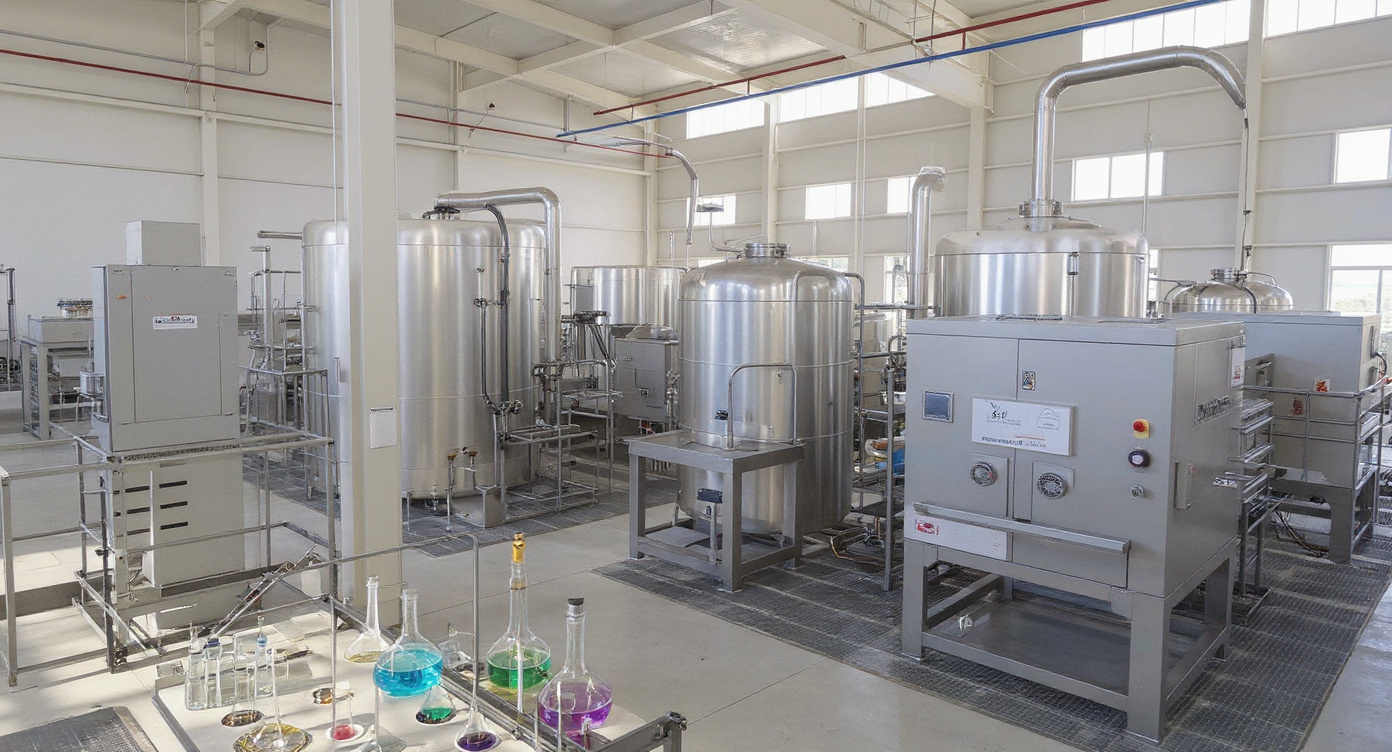What Makes Slurry Transfer Pumps Different?
Slurry is one of the most punishing fluids a pump will ever handle. A mixture of water, abrasive solids, and often corrosive chemicals, it erodes casings, wears down impellers, and accelerates seal failures. A slurry transfer pump must therefore be engineered differently from clean-water or chemical-transfer models.
Chemitek manufactures slurry transfer pumps with robust hydraulics, abrasion-resistant materials, and certified build quality to ensure long-term reliability in these demanding applications.
Key Features of Chemitek Slurry Transfer Pumps
- Wide suction passages: accommodate solids and fibrous matter without blocking
- Investment-cast impellers: provide smooth internal flow paths, reducing turbulence and cavitation
- Replaceable wear rings and liners: integrated into wetted areas to absorb erosion and extend service life
- Rigid baseplate assemblies: hold shaft alignment steady, reducing vibration transfer during continuous duty
Hydraulic Features in Chemitek Slurry Transfer Pumps
Hydraulic geometry is critical to keeping slurries moving without clogging or turbulence. Chemitek slurry pumps are designed to maintain stable flow while minimizing particle recirculation that leads to erosion.
These design features allow Chemitek pumps to sustain efficiency and flow even when slurries carry grit, scale, or high solids concentration.
Materials for Slurry Transfer Pump Construction
The combination of abrasion and corrosive chemistry in slurries makes metallurgy selection as important as hydraulic design. Chemitek validates each pump build against the slurry's composition to ensure structural integrity over continuous duty cycles.
SS316L stainless steel
Economical for neutral or lightly treated effluents.
Duplex and super duplex alloys
Excellent resistance against chloride-induced pitting in seawater and brine-based slurries.
PVDF and PFA fluoropolymers
Molded with thicker walls for halogenated or oxidative slurries.
Hastelloy and Titanium
Required in aggressive acid-based slurry duty such as nitric or mixed-acid residues.
Alloy 20
Proven in sulfuric and nitric acid slurry transfer in steel and specialty chemical plants.
This materials portfolio ensures Chemitek slurry transfer pumps can be tailored to both the abrasiveness and the chemistry of the slurry stream.
Sealing Systems for Slurry Transfer Pumps
Seals are one of the first failure points in slurry duty, as solids and corrosive media attack elastomers and sealing faces. Chemitek slurry pumps are built with flexible sealing arrangements that can be adapted to the duty requirement.
Cartridge seals
Simplify replacement and reduce installation errors.
Double and pressurized seals
Provide leak-free performance in hazardous or chemically aggressive slurry service.
Flush and barrier fluid systems
Protect seal faces from direct particle impact.
By offering adaptable sealing chambers, Chemitek ensures containment integrity in both industrial effluents and aggressive chemical slurries.
Certified Manufacturing and Quality Standards
Chemitek slurry transfer pumps are produced within strict quality frameworks to support operational safety and compliance:
Quality Certifications
- ISO 9001, 14001, and 45001 certifications: guarantee traceability, environmental responsibility, and safe production practices
- ANSI/ASME B73.1 dimensional compliance: ensures interchangeability, making spares easier to source globally
- Lifecycle testing: validates performance against suction velocity, cavitation risk, and abrasive wear before dispatch
This combination of standards provides confidence that every Chemitek slurry transfer pump meets global procurement requirements and environmental compliance obligations.
Applications of Chemitek Slurry Transfer Pumps
Chemitek slurry transfer pumps are deployed across industries where abrasive and corrosive solids must be moved reliably:
Mining and Mineral Processing
Ore fines and tailings are transported with abrasion-resistant liners and reinforced casings.
Fertilizer Production
Phosphoric and nitric acid slurries circulated using duplex, titanium, or fluoropolymer builds.
Steel and Metallurgy
Pickling sludge and acid-laden residues transferred with Alloy 20 and Hastelloy options.
Effluent Treatment Plants (ETPs)
Grit-bearing and chemically neutralized slurries handled with clog-resistant hydraulics.
Utilities and Power Generation
Ash and gypsum slurry loops managed with vibration-resistant shafts and reinforced bearings.
Sugar and Food Processing
Mud, bagasse, and organic effluents pumped using corrosion-resistant and easy-clean casings.
Each application demonstrates Chemitek's ability to match metallurgy and hydraulics to the exact slurry profile, delivering both uptime and compliance.
Lifecycle Value of Chemitek Slurry Transfer Pumps
Slurry pumps are capital-intensive assets, and their value is measured over years of service. Chemitek slurry transfer pumps are designed to deliver predictable lifecycle economics:
- Extended mean time between failures (MTBF): through replaceable wear parts and reinforced shafts
- Reduced operating costs: via optimized impellers that minimize turbulence and energy losses
- Standardized maintenance: with ASME-compliant spares that simplify service across large fleets
- Compliance assurance: through certified manufacturing and traceable builds
This lifecycle approach turns Chemitek slurry transfer pumps into dependable long-term process assets rather than recurring cost centers.
The performance of a slurry transfer pump is not defined by flow rate alone but by its ability to endure solids, turbulence, and corrosive chemistry without failure. Chemitek builds pumps specifically for this reality, combining abrasion-resistant hydraulics, validated metallurgy, adaptable sealing systems, and certified manufacturing practices.
Across mining, fertilizer, steel, utilities, and effluent treatment, Chemitek slurry transfer pumps provide the durability, compliance, and lifecycle value needed for the most abrasive and corrosive duties.
 ISO 9001:2015 certified
ISO 9001:2015 certified
 ISO 14001:2015 certified
ISO 14001:2015 certified
 ISO 45001:2018 certified
ISO 45001:2018 certified










